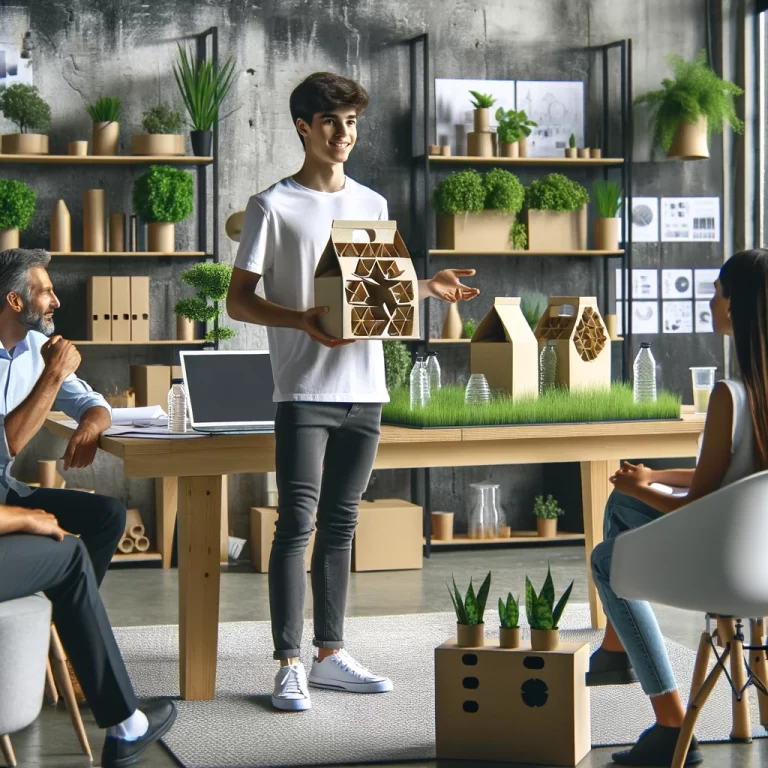Lessons Learned from Student-Led Design Challenges

Student-led design challenges are a valuable opportunity for young designers to push their boundaries, collaborate with peers, and test their skills in real-world scenarios. Through these challenges, students not only refine their design abilities but also gain life-changing lessons that shape their future careers. Let’s explore some of the key lessons learned from these challenges.
1. Embrace Failure as Part of the Process
One of the most important lessons learned from design challenges is the acceptance of failure. Students quickly realize that not every design will succeed on the first try. Instead of being discouraged, they embrace failure as a natural part of the design process. This mentality encourages students to keep experimenting and improving their work without fear of making mistakes.
2. The Power of Collaboration
While design challenges often push individual creativity, they also emphasize the importance of collaboration. Working with teammates from diverse backgrounds allows students to combine different skill sets, leading to innovative ideas. Through these collaborations, students learn the value of communication, sharing ideas, and compromising to create something truly remarkable.
3. Time Management and Pressure
Design challenges are often held under tight deadlines, teaching students how to manage their time effectively. Students must prioritize tasks, delegate responsibilities, and stay focused to ensure the project is completed on time. This experience is invaluable as it mirrors the high-pressure environment of real-world design work.
4. Think Outside the Box
Many design challenges encourage students to think beyond conventional solutions and explore new approaches. Students learn to take risks, explore unconventional materials, and challenge design norms. These challenges spark creativity and encourage students to break free from their comfort zones.
5. Presentation Skills Matter
A great design is only as good as how it’s presented. Many student-led challenges culminate in a final presentation, which teaches students the importance of clearly communicating their design ideas. They learn how to use visuals, storytelling, and effective verbal communication to sell their ideas to judges and peers.
Conclusion
Student-led design challenges provide students with a wealth of knowledge and experience that go beyond technical skills. By embracing failure, collaborating effectively, managing time, thinking creatively, and refining presentation skills, students emerge stronger, more resilient, and prepared for the professional design world.






